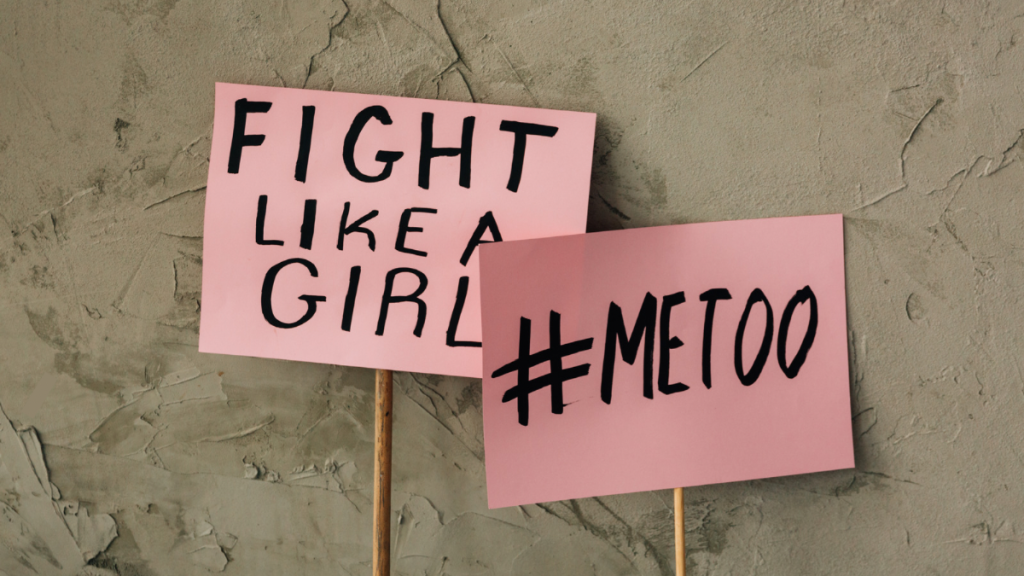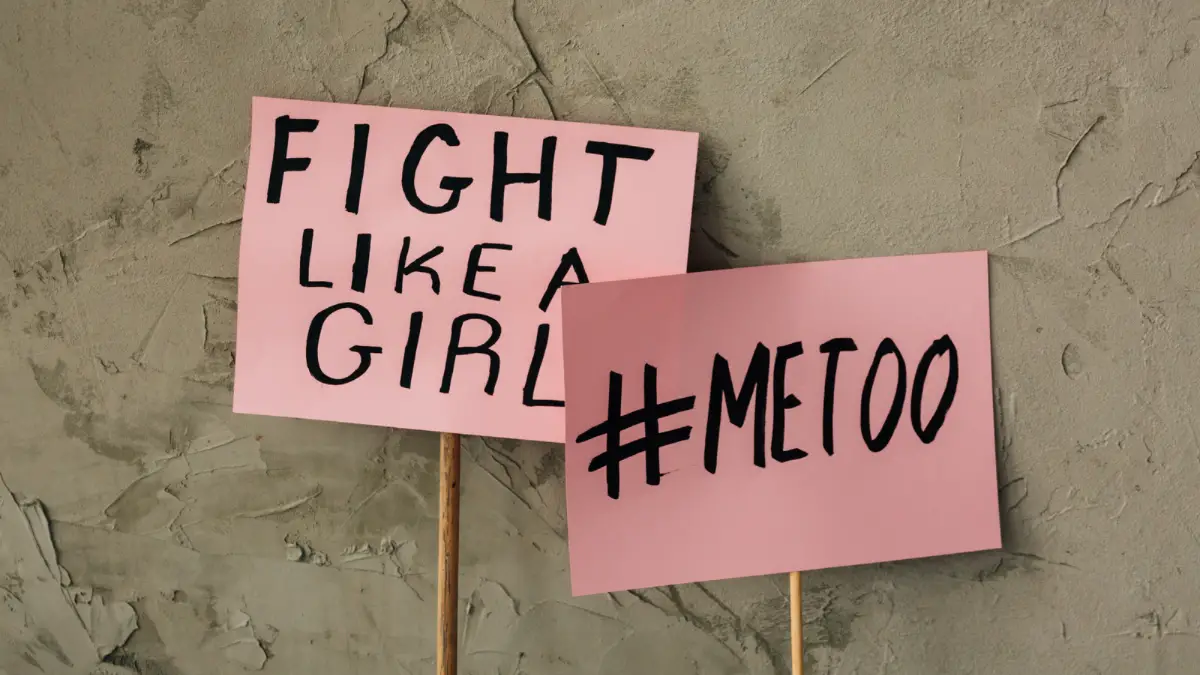Over the years, gender equality has remained a pressing issue worldwide, and feminism has been one prominent driving force for social change toward creating a gender-equal society. Although significant progress has been recorded, the World Economic Forum still estimates that it will take over 118 years to close the gender gap. And allow women to have the same career opportunities as men. This difficulty in closing this gap can, in some way, be attributed to the lack of clear knowledge of the concept of feminism and various misconceptions about its core values.
This article aims to provide a comprehensive definition of feminism. Tracing its historical roots and unpacking the core principles that define this positive movement. Understanding feminism is crucial not only for advocating gender equality but also for dismantling the systemic inequalities that affect all aspects of society. Through this exploration, we seek to clarify what feminism truly stands for and why it is essential today.
Defining Feminism
What is Feminism?
Feminism is a social, political, and cultural movement that aims to achieve gender equality by advocating for women’s rights and empowerment and challenging deep-rooted discrimination and oppression. At its core, feminism seeks to establish equal opportunities and rights for all genders. Particularly addressing the historical and ongoing inequalities women face. However, feminism is often misunderstood as misandry (which is described as contempt/hatred for men). Or solely concerned with women’s issues, which oversimplifies its broader commitment to equality for all.
Factually, feminism is deep-rooted in various positive aspects of gender equality, not hatred for men, as some people perceive it. It emphasizes the need for equal representation and participation in political, economic, and social spheres. This includes advocating for equal pay, reproductive rights, freedom from gender-based violence, and access to education and healthcare.
The broad commitment of the feminist movement shows that it is not just a monolithic movement; it embraces a wide range of theories and perspectives, including liberal feminism, radical feminism, intersectional feminism, and ecofeminism. Each aspect addresses different facets of inequality. Whether focusing on individual rights, structures, or the intersections of gender with race, class, and other identities. The adaptability and relevance of feminism are reflected in its diversity, which helps address the different experiences and challenges people face across different contexts.
History of Feminism
The Origin of Feminism
Feminist movements originated in the 18th century when Mary Wollstonecraft wrote A Vindication of the Rights of Woman, in which she argued that women need as many equal rights as men. The movement started to pick up and gain wide popularity in the 19th century. When early feminists fought for women’s right to vote, challenging the long-established belief that women were unfit for public and political life.
Waves of Feminism
As feminism began to gain momentum in the 19th century, many phases of the movement were birthed and represented as the waves of feminism. These waves of feminism are sometimes referred to as the types of feminism. And they show the broad commitment of the feminist movement, touching on different aspects that impact women.
- First Wave (19th and early 20th centuries): This wave focused primarily on legal issues, particularly women’s right to vote in political elections. Various key figures, including Lucretia Mott and Elizabeth Cady Stanton, contributed and stood out during this wave. The ratification of the 19th Amendment in the U.S. in 1920, granting women the right to vote, was a significant milestone in this wave. However, it is important to mention that during this wave, only white women were guaranteed the right to vote. Black women and other women of color continued to face obstacles until a Voting Rights Act was passed in 1965.
- Second Wave (1960s-1980s): This wave was launched in 1963 when Betty Friedan wrote a book titled The Feminine Mystique which sparked widespread feminist activism. As feminism gained strength and became a notable political force, Friedan, Gloria Steinem, a prominent advocate for women’s rights, and Bella Abzug founded the National Women’s Political Caucus in 1971. This second wave of feminism broadened the agenda to include issues like reproductive rights, workplace equality, and sexuality.
- Third Wave (1990s-2000s): As the feminist movement expanded, critics pointed out that the second wave focused majorly on white women, which led the third wave to Emphasize diversity and individuality. This wave embraced intersectionality (coined by Kimberle Crenshaw), highlighting the interconnectedness of gender with race, class, and sexuality. In this third wave, women were encouraged to embrace their sexuality, expressing it in their speech, dress, and actions.
- Fourth Wave (2010s-present): The birth of the internet made the feminist movement more widespread. The fourth wave, although not so much of a shift compared to the other waves, focuses on digital activism, intersectionality, and addressing issues such as sexual harassment and body positivity. Movements like #MeToo, coined and led by Tarana Burke, have brought new visibility to feminist issues.

These waves show the feminist movement’s broad commitment to gender equality as it continually adapts to new challenges and contexts over time.
Core Principles of Feminism
Feminism cannot be completely understood without discussing its core principles and values, which motivate this movement. The principles that will be discussed in this article include gender equality, intersectionality, and challenging patriarchy.
- Gender Equality: The underlying foundation and sole purpose of feminism is gender equality. It seeks to ensure that everyone, regardless of gender, has equal rights and access to resources and opportunities. This principle of gender equality cuts across various aspects of life, including education, politics, work, and even the home. In ensuring equality, issues like wage gaps, unequal representation in leadership roles, and questionable gender norms that hinder individuals’ freedom are addressed. Through promoting gender equality, feminism seeks to create a society where no one’s ambition is limited by gender.
- Intersectionality: Kimberlé Crenshaw coined this word to explain that people’s experiences of discrimination and privilege are shaped by multiple, interconnected social identities, such as race, class, sexuality, and ability. This principle shows that inequality and oppression are not limited to just gender and they can come in different forms. For example, a Black woman can face both racial and sexual discrimination. This would be completely different from the experience of a white woman or a Black man. This principle allows feminism to be more inclusive and address the various experiences of all women and marginalized people.
- Challenging Patriarchy: Feminism is fundamentally opposed to patriarchy, a social system in which men hold primary power and dominate in roles of political leadership, moral authority, and control of property. Note that this is not in any way hatred for men. However, the feminist movement works to pull down the patriarchal structures by advocating for policy changes, promoting gender-sensitive education, and challenging societal norms that reinforce male dominance.
Other core principles include ending sexual violence, expanding human choice, right to bodily integrity, empowerment, and representation.
As feminism upholds these principles, it remains an important movement that allows for a just and equitable society.
In this article, we have explored the definition of feminism, tracing its historical roots and examining its core principles. Feminism is fundamentally about achieving gender equality, advocating for the rights and empowerment of all individuals, regardless of gender. Key principles such as intersectionality, challenging patriarchal structures, advocating for reproductive rights, and ensuring women’s empowerment and representation are important to the movement. Although the movement has made significant progress, there remains a lot to address in ongoing inequalities and injustices. As society evolves, we must evolve in understanding and commitment to feminist ideals.
To readers with little knowledge or wrong ideas about feminism, I hope this article has given you a basic understanding of feminism and cleared some misconceptions about the movement. I encourage readers to continue educating themselves on feminism. Engage in meaningful discussions and actively promote gender equality in their communities. Doing so can create a more just and equitable world for everyone.






